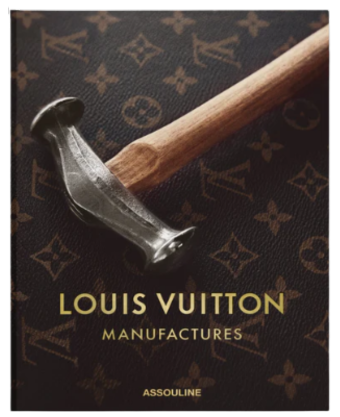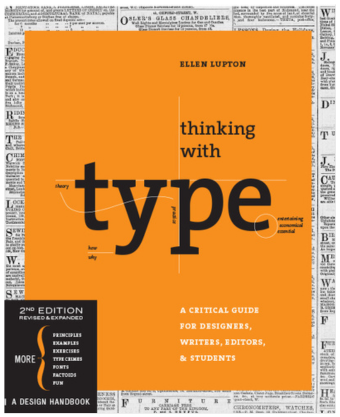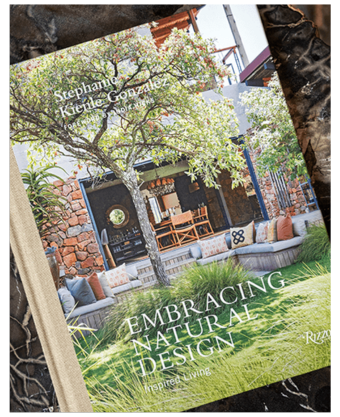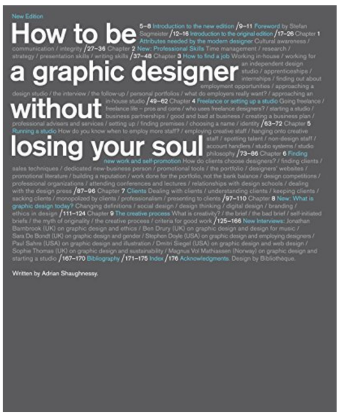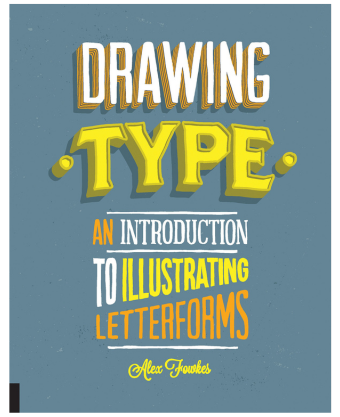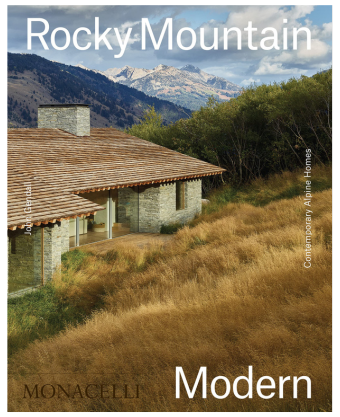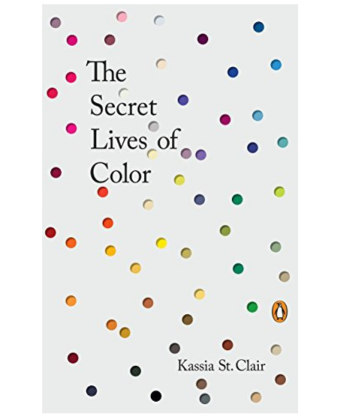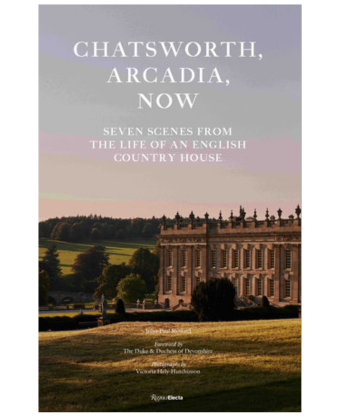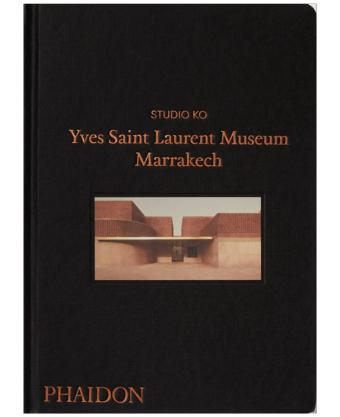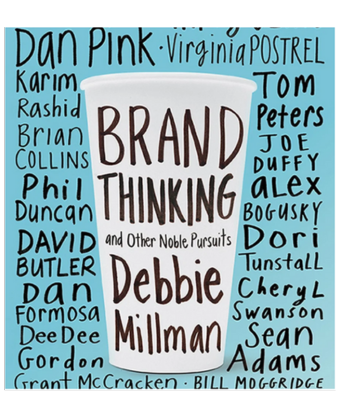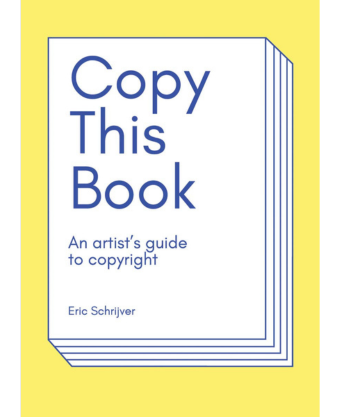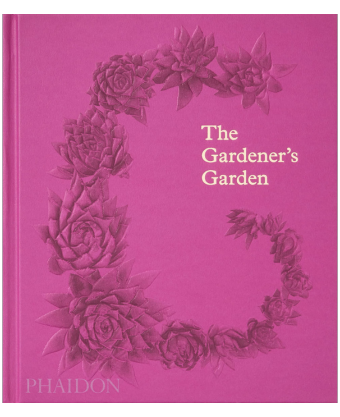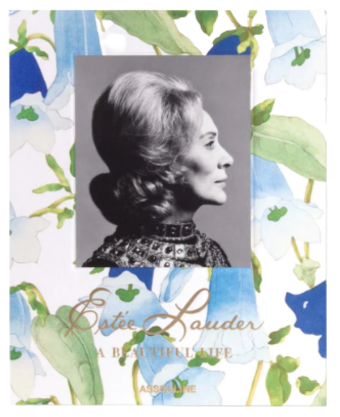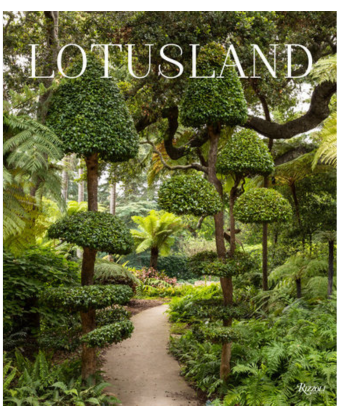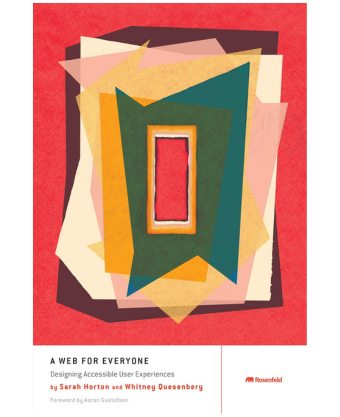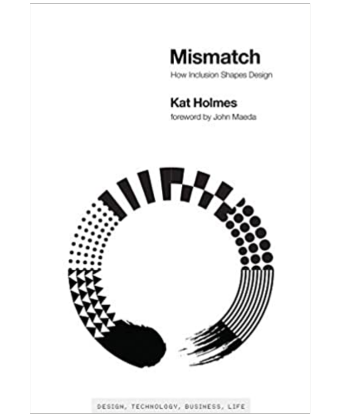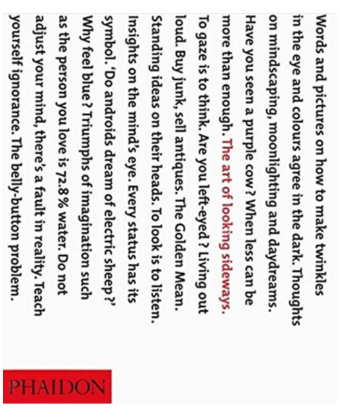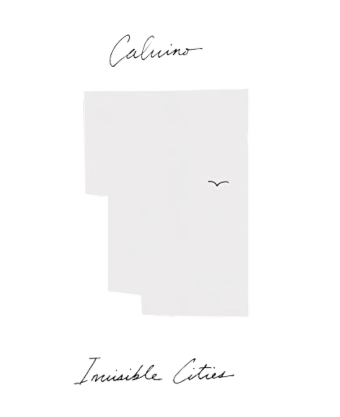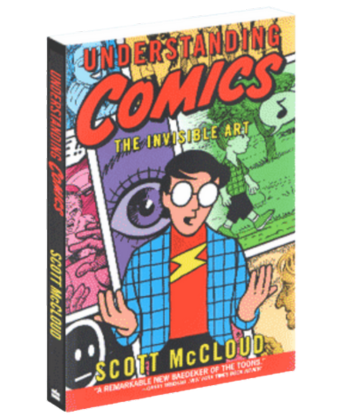Find Your Perfect School
We highly recommend these books to every student in art and design should read because of their informational and inspirational values for aspiring artists and designers! These design books complement the art and design textbooks that colleges and universities recommend as reference and resource materials for their students, too. Even the professional design community considers these books great resources for creativity, innovation, and inspiration.
Indeed, the design world can be a challenging industry to be in – you may be an established art director, but you must consistently push beyond your comfort zone to stay at the top. The simple reason: The art and design industry is ever-changing, with its artists and designers challenged at every turn to produce new, innovative, and eye-catching works. This is true whether you’re into street art, product design, or graphic design.
Many of these art and design books also reiterate the classic design principles that colleges and universities teach. But their most important purpose lies in unleashing your creativity, whether you’re simply browsing through gorgeous photographs or seeking inspiration for typography.
Earn your Bachelor’s degree in Art and Design! Check out this valuable guide today: Best Bachelor’s in Art and Design Online Schools and Career Guide
List of the Best Books for Art and Design Students
Beatrix Farrand: Garden Artist, Landscape Architect
Beatrix Farrand is among the most influential designers of our time, and her passion for plants and landscapes is seen in the book Beatrix Farrand: Garden Artist, Landscape Architect by Judith B. Tankard. The book is an intimate look into her life and work, and it’s filled with striking illustrations and photographs that showcase her talent for elegant, naturalistic, and lavish gardens in both public and private estates.
Such was the renown of Farrand as a landscape designer that her client list included members of high society, university campuses – Princeton and Yale are notable – and public gardens like the New York Botanical Garden’s Rose Garden and the Santa Barbara Botanic Garden.
This is among the must-have design books for aspiring and current landscape designers because of the creative inspiration that you can get from its pages. Plus, you will be inspired by the tenacity that Farrand displayed during her rise to the top.
Louis Vuitton Manufactures
Louis Vuitton may be well-known for its luggage, but it’s more about innovation in the 170-year-old company. Over the course of its history, its designers have carried the tradition of excellence, creativity, and innovation that its founder and namesake has established. Design students will learn the creative process from the inner circle of artists and designers themselves, thanks to commissioned photographs and thoughtful commentary. Nicholas Foulkes, a well-known author, journalist, and historian, makes the introduction to the must-have art and design book.
While the designer items bearing the world-famous LV logo are the epitome of luxury, these are manufactured by real people with real talents! The workshops and ateliers that make Louis Vuitton’s designer items are made around the world, from France to Texas, and combine the mystique of the old world with the sensibility of the new world.
Thinking with Type: A Critical Guide for Designers, Writers, Editors, and Students
Ellen Lupton, the author of Thinking with Type, is a well-known graphic designer, educator, writer and critic, and curator whose love of typography has made her a luminary in the art and design world. She established Maryland Institute College of Art’s Master of Fine Arts in Graphic Design program and has authored numerous books on graphic design.
Thinking with Type is considered among the must-have art and design books because it’s a comprehensive guide on typography for aspiring and current artists and designers. Lupton uses thought-provoking essays and theoretical concepts combined with real-world examples, illustrations, and challenging exercises in discussing the relationship between typography – words, letters, and paragraphs – and visual communication. Indeed, it’s a worthwhile addition to your collection of art and design books, not only because of its informational content but because of its beauty.
Embracing Natural Design: Inspired Living
Written by Stephanie Kienle Gonzalez, a Manila-based designer and owner of luxury furnishings company Philux, gives us one of the best contemporary art and design books – Embracing Natural Design: Inspired Living. She shares an intimate look into her chic, eco-friendly, and gorgeous world, including her own modern apartment and retreats in South Africa. She also shares the spotlight by featuring a unique professional profile for the artists and designers who have inspired her.
We consider it among our must-have art and design books because it highlights the beauty of everyday things that we tend to overlook in search of glamor and grandeur. Gonzales uses natural materials and elements, too, in her design works, including bamboo, rattan, and even seagrass. Her emphasis on the tactile and visual makes for a fascinating read!
How to Be a Graphic Designer Without Losing Your Soul
Newbie artists and designers who want to balance design decisions with business decisions will find “How to Be a Graphic Designer Without Losing Your Soul,” a truly great resource book by Adrian Shaughnessy! Shaughnessy shares useful tips and other pieces of advice for art and design newbies who want to win projects, work with challenging clients, and win in the competitive graphic design industry.
While the title implies a philosophical approach, the contents lean more on the practical side with a touch of philosophy. Even the interviews of experienced graphic designers have practical advice that newbies can actually learn from.
Art and design students learn about the creative process and the professional skills that require its completion. Think of it as the career manual for up-and-coming graphic designers from Shaughnessy, a successful graphic designer himself.
Drawing Type: An Introduction to Illustrating Letterforms
Art and design students who are kinesthetic learners – or who learn by doing – will find Alex Fowkes’ Drawing Type: An Introduction to Illustrating Letterforms among their must-have design books. Fowkes, a freelance London-based designer, is known for the wide range of his works, from traditional to digital typography, as well as for his love for playful typography that illustrates the many forms that it comes in.
What we like about the book is that it’s part guide, part exercise book that allows newbie designers to develop their skills by engaging in the creative process and being inspired by real-world examples. We love that the images are hand-drawn and, thus, connect the author with the readers – the human connection that we sometimes lack in an increasingly disconnected world.
Rocky Mountain Modern: Contemporary Alpine Homes
John Gendall’s insightful commentaries into many of the best Rocky Mountain homes make his book, Rocky Mountain Modern: Contemporary Alpine Homes, among the best design books for aspiring designers. Aspen, once a mining town, is the focal point of modernist design in the Colorado Rockies, with the likes of Eero Saarinen, Herbert Bayer, and Buckminster Fuller designing homes here. While their designs took many forms, their works were characterized by open volumes, clean lines, and naturalistic elements that reflected the striking alpine landscapes.
There are 18 houses in the modernist style featured in the book, and these residences span the length of the Rockies from Alberta to New Mexico. Every structure has features unique to its landscape and milieu, and the wide range of styles covers everything from a ridgetop home to a ranch house. Truly, inspiration comes in many forms!
The Secret Lives of Color
The Secret Lives of Color, Kassia St. Clair’s seminal work on the colorful stories (pun intended) behind 75 shades of color, is rightfully considered a classic among design books. Even veteran designers will appreciate the colors behind everyday things and their impact on our visual experiences.
The non-fiction book is an engaging and enlightening exploration of the history of colors in the cultural and social context. The chapters are organized according to color, from white to black, with each chapter consisting of thought-provoking essays about the science, history, and culture of these colors. Plus, with the pages bordered in a specific color for each chapter, it makes for a striking display and easy visual identification.
Trivia: Did you know that Starbucks once used a red food dye made from the bodies of crushed beetles?
Chatsworth, Arcadia Now – 7 Scenes from the Life of an English Country House
There’s so much that aspiring designers can learn from the history of Chatsworth, a Grade I-listed English estate first built in 1549. With a foreword by the Duke and Duchess of Devonshire, Stoker, and Amanda Cavendish, the book provides details into the major restoration undertaken by the couple – the estate’s current and 16th generation of residents – on the 500-year-old property.
The narrative, which starts in the present day, gradually works itself backward in time in a seven-part series, with each series highlighting different chapters in Chatsworth’s history. The quintessentially English architecture and interiors are a fascinating subject in itself, but its impact on the art and design of homes over the centuries is even more interesting. The gorgeous art collection from several periods, from Antonio Canova’s Endymion to David Hockney’s modern works, and the grand drawing room are also highlighted in the book.
Yves Saint Laurent Museum Marrakech: Studio KO
The Yves Saint Laurent Museum Marrakech is proof that when artists and designers come together, the results are nothing short of awesome! The book Yves Saint Laurent Museum Marrakech: Studio KO is a beautifully detailed and illustrated chronicle of the behind-the-scenes process that went into building the museum.
The project, a 40,000-square-foot structure set within a sprawling six-acre property, left nothing to chance – attention to detail, from choosing the right bricks to designing the logo, was of paramount importance. The design book reflected such attention to minutiae by sharing photographs and architectural sketches with its readers. We felt as if we were part of the innovative and creative process of bringing it to life!
Plus, the book is an excellent introduction for individuals interested in exploring the Musée Yves Saint Laurent Marrakech with its awe-inspiring collection of haute couture clothes and accessories, among others. There are also books on Andalusian and Arabian history and, of course, the world of fashion in YSL’s eyes.
Brand Thinking and Other Noble Pursuits
Designers play a crucial role in brand strategy and branding, thanks to their ability to establish visual identity through texts and images. This is highlighted in Debbie Millman’s book, Brand Thinking and Other Noble Pursuits, a collection of 22 interviews that allow its readers to get insights into modern branding strategies from the experts themselves.
Seth Godin, Joe Duffy, Malcolm Gladwell, Dori Tunstall, and Virginia Postel, among other notable designers, are featured. Millman is also known for her creativity, with her ideas influencing the branding of world-renowned brands like Pepsi, Colgate, and Gillette. Aspiring brand strategy and branding experts can get inspiration from their journeys in the industry, such as the stories told by Brian Collins and his role in reenergizing the Dove brand and Stanley Hainsworth and his clever Starbucks branding strategy.
Copy this Book: An Artist’s Guide to Copyright
Copyright infringement is a huge issue among artists and designers, but it’s an issue that many aren’t well aware of, particularly in terms of legalities. This is where Eric Schrijver comes into the picture with his informational book, Copy This Book: An Artist’s Guide to Copyright.
Here, Schrijver provides easy-to-understand information about copyright law that artists and designers will appreciate – what copyrights are, what the copyright process entails, and how copyright works in various types of media, among others. The tips and advice provided are practical, too, so that there’s less doubt in your mind about what should be done and how to go about it.
There are only six chapters in the book, but these contain comprehensive information that will get even newbie artists and designers started protecting their works. We like that most of its chapters deal with the public domain, like Creative Commons.
The Gardener’s Garden: Inspiration Across Continents and Centuries
With over a thousand gorgeous photographs accompanied by evocative descriptions, The Gardener’s Garden: Inspiration Across Continents and Centuries is a great book for garden designers who want inspiration for their next project. Design students will appreciate that it makes for both happy reading and design inspiration, too, thanks to its detailed information on the type, style, and size of the spectacular gardens featured in the book.
And what a collection it is! From awe-inspiring Renaissance gardens in Italy to modernist gardens in California, there’s a garden that will fit your sensibility. Even the cover itself has a striking visual appeal that’s perfect for any coffee table and bookshelf, a way of opening conversations.
Estée Lauder: A Beautiful Life
Estée Lauder lived a beautiful life! She was known not only for her perfectly made-up face and impeccable fashion sense but also for the way she lived her personal life – with joie de vivre, to say the least. In the book Estée Lauder: A Beautiful Life, her granddaughters Aerin and Jane Lauder paid homage to the beauty tycoon whose life and works extended beyond the beauty industry.
The book is a collection of intimate family photographs that chronicled her life and relationships, as well as witty quotes, personal letters, and old advertisements that revolutionized the beauty industry. Many have been sourced from the company archives and, thus, also reveal insights into its spectacular growth through the years.
The 200-page book also features the likes of Frank Sinatra, Hubert Givenchy, and European royalty, Princess Grace of Monaco and Princess Diana.
Lotusland
The 37-acre Lotusland, a botanical garden, is located in Montecito in Southern California, a site for quiet reflection for individuals seeking inspiration in life. The book Lotusland perfectly captures not just the magnificent beauty of the expansive gardens but also the sheer number of plant varieties in them – over 3,400 and growing – through colorful photographs.
We love that the chapters are categorized into themes and plant types, so it’s easier to appreciate both the beautiful design and reliable information. Marc Appleton, the author, also did a great job in highlighting the crucial role that Lotusland plays in the promotion of sustainable horticulture.
Lotusland was first started in 1941, and it gradually grew into the Eden-like paradise it is today with its exotic plant collections. Aside from artists and designers, it’s also a favorite among scientists and conservationists.
A Web for Everyone
Sarah Horton and Whitney Quesenbery are the brains behind one of our favorite design books for web designers. This is unique among design books, too, because of its emphasis on UX design in general and design accessible principles and practices in particular. Indeed, it’s a great resource for web designers who want to improve accessibility and, thus, inclusivity in their work.
Web design students will recognize the universal design principles discussed in the book but will also appreciate the practical advice on accessibility-friendly techniques to create sites for every user. Horton and Quesenbery also use a creative approach in presenting their ideas for accessibility – personas with different abilities and needs in technology, including access to the Internet.
There’s Trevor, a person on the autism spectrum who likes consistency and familiarity on the web; Emily, a person living with cerebral palsy who likes to live independently; and Jacob, a blind paralegal.
Mismatch: How Inclusion Shapes Design
Kat Holmes, the author of Mismatch: How Inclusion Shapes Design, believes that inclusion is the foundation upon which innovation, creativity, and functionality in design are built on. She promotes the idea through stories of designers whose inclusive designs were born out of the mismatch between their exclusion-by-design works and the needs of their clients.
There’s the story of a gamer and designer whose previous works included two-handed game controllers, an architect with a story about the ways faulty design can contribute to community failure, and an astronomer with failing eyesight who uses sonification to study the stars. Indeed, these are stories told from the first-person perspective that can inspire designers to create inclusive and practical solutions!
Design students will love that the real-world examples also provide them with useful insights into the different abilities and needs that their audiences demand from digital technology.
The Art of Looking Sideways
At first glance, Alan Fletcher’s book, The Art of Looking Sideways, is a coffee table book – artsy, perhaps a good conversation piece, but not filled with practical advice. But upon closer inspection, it’s a great book on graphic design where readers learn about Fletcher’s unique take on the subject through his distinctive style. Fletcher uses space, imagery, color, and typography to create a visual language that’s simultaneously personal and transcendental.
But it isn’t a textbook-like book on graphic design and written for graphic designers, either! Instead, it’s a collection of absurd images, witty quotes, and bits of insights and information here and there that can be alternately amusing and frustrating for its zig-zag line of thought. Then again, Fletcher seems to have written the book as less of a comprehensive guide for graphic designers and more of an inspirational work that can unleash the reader’s creativity.
Invisible Cities
Italo Calvino, the author of Invisible Cities, uses fiction to highlight the close relationship between design and desire in the way our cities are built. He takes the readers to 55 cities and describes each city in such an evocative manner it feels like you’re actually in it!
While it’s a short non-fiction novel, it’s a great read, too, with its prose poems and meditations on style, life and death, and culture, among other aspects of the human experience.
Understanding Comics: The Invisible Art
Understanding Comics: The Invisible Art, written by Scott McCloud, has been recognized for its seminal nature by notable authors of comic and graphic novels. While there has been controversy about his ideas, many of these ideas have become the bible, of sorts, for comics and their art.
Both newbies to the comics world and aficionados will love that McCloud presents the art of visual storytelling in an easy-to-understand way without being too simplistic or condescending. He discusses the ways that our brains process the visual aspects of comics, the way that comics work, and the history, current state, and trends of the comic industry.
Read this valuable information: Highest Paying Jobs in Art and Design
More Reasons to Read Books Beyond Art and Design Textbooks
These art and design books aren’t just for creative inspiration! As previously mentioned, with art and design being in constant flux – art and design, after all, is an adaptation to and reflection of the times, even a vision into the future – artists and designers must never stop learning. In the process of learning, you must be willing to consider words of wisdom, constructive criticism, and advice from others in the design world.
Reading these art and design books also contributes to your hard and soft skills development! You will learn hard skills in web design, typography, and drawing that support your classroom-based education in art and design. Your soft skills, which are also vital in your ability to produce works of art and design, are also improved by these books – and these include empathy for your audience (i.e., inclusion), the ability to read between the lines and understand the bigger picture, and communication skills.
Conclusion
Art and design are necessary and as vital to contemporary life as technology and the everyday things that it generates. Such is its tangible impact on individuals and communities that it’s among the aspects of human society and civilization that have remained and will continue to remain for generations to come. And therein lies the importance of reading art and design books and sharing the knowledge and skills you learn from them – to ensure that art and design remain, perhaps to pass on your own legacy to the world.
Before you go, see:

